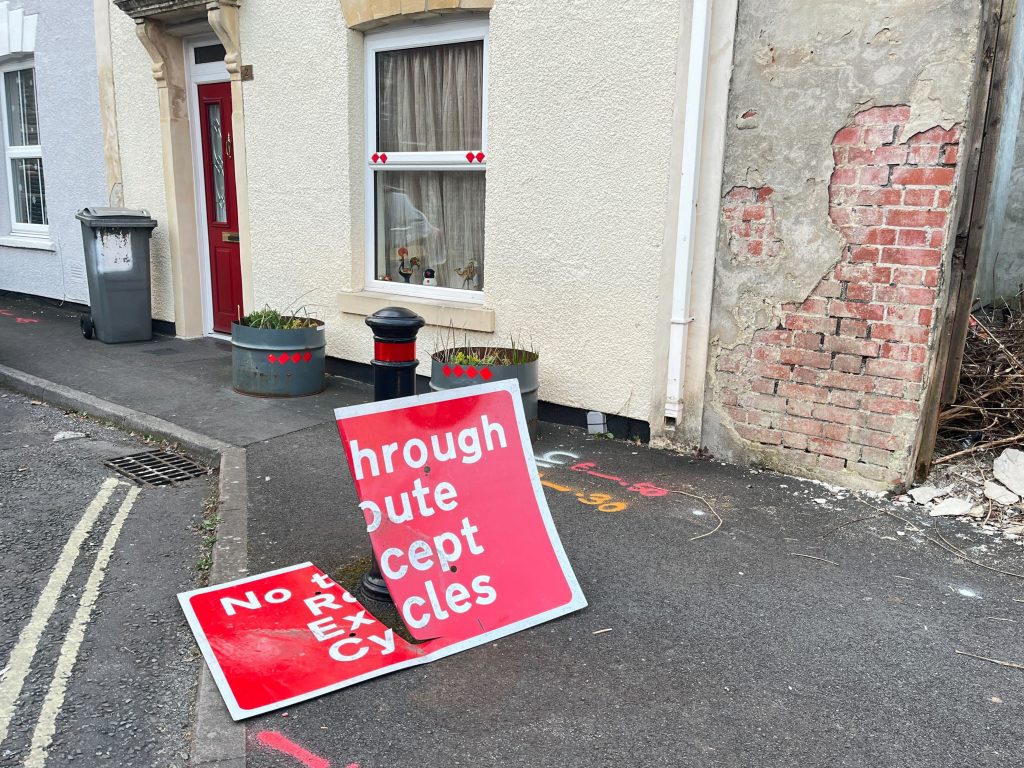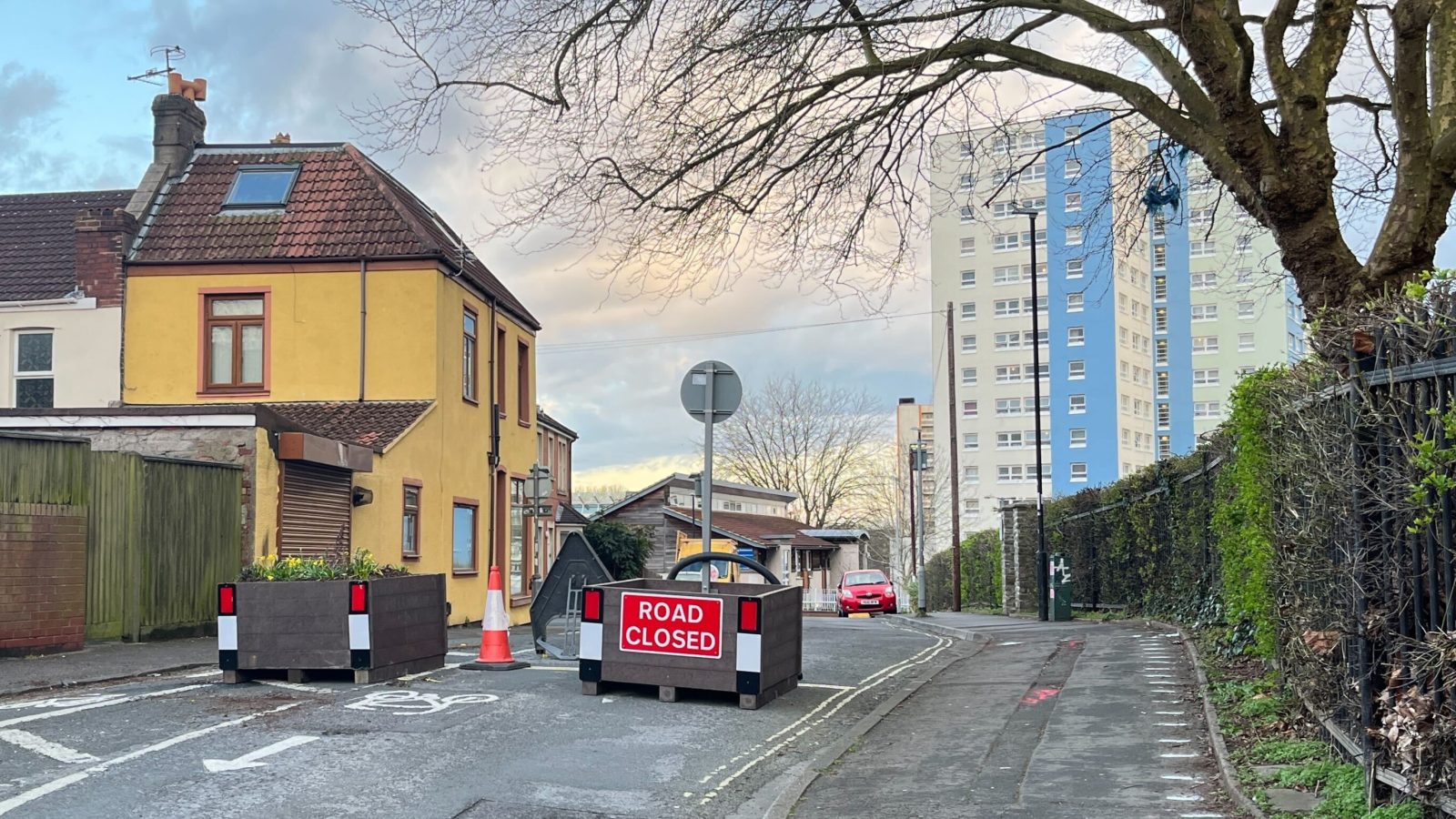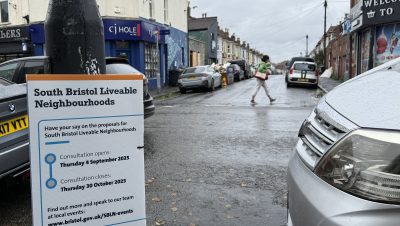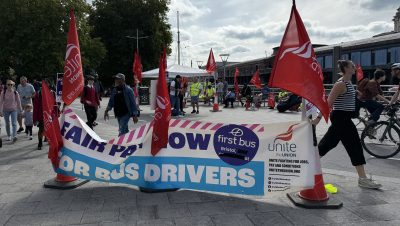Your say / East Bristol Liveable Neighbourhood
‘Stubbornness in implementing a flawed plan has taken precedence over listening to residents’
And so they came mob-handed under cover of darkness, the only way in which they could bypass the opposition and complete the task appointed.
The East Bristol Liveable Neighbourhood trial has been a catalogue of missteps by a fledgling council; a veritable PR disaster in fact for the Green Party.
The Greens inherited a scheme that was already contentious and generating significant opposition, and the EBLN may very well turn their council leadership into a one-term event.
is needed now More than ever
In the early hours of Thursday, they resorted to the desperate measure of installing EBLN trial features at 3am after the latest attempts to win over residents in Barton Hill and Redfield were largely rejected, labelled a worthless bribe by those living in the area.
If measures must be rolled out by stealth in the night surrounded by dozens of police officers, is that not a sign that you might be on the wrong side, actively working against the will of the people?
View this post on Instagram
Opposition to the scheme has primarily centred around residents in the Redfield and Barton Hill areas who just want sensible routes to access their homes.
The scheme planners have failed to build a strong case for segmenting the community into zones and not exempting residents from the bus gate restrictions, the only rationale being a wishful idea that it could drive modal change.
A lofty ideal but is it achievable? Will it work? And how will we even know?
The fact remains that alternative travel options from Redfield or Barton Hill to areas to the south such as Avonmeads either aren’t available or for many scenarios aren’t viable.
For residents to navigate south by car, turn restrictions at the Church Road / Blackswarth Road junction require convoluted northbound diversions along already busy stretches of road that can add over 20 minutes at peak times.
To suggest this length of diversion is reasonable displays a degree of mental gymnastics.
People will still need to shop for their families. People will still need to commute. It’s ableist to assume that everyone can just jump on a bike or walk whenever they need to get somewhere. And it’s unrealistic to assume all car journeys can just be replaced.
Is it fair then to impose long diversions on a small section of the community in the hope that another small section of that community who could change behaviour will change?

The East Bristol Liveable Neighbourhood trial scheme covers an area of Barton Hill, Redfield and St George – map: Bristol City Council
However, the strongest argument against this element of the scheme is the big data gap.
There is nothing underpinning the decision to use this kind of traffic restriction to drive modal change other than someone thought it might be worth a try.
No analysis has been presented explaining why this might work in east Bristol. No actual data underpinning the decision. No insights into why, when and how often residents use their cars and if the journeys are actually replaceable.
Data on traffic volumes gathered ahead of the scheme didn’t disaggregate resident traffic from the cut-through traffic, and as a result scheme planners have no idea of the contribution of residents to overall traffic volumes.
Monitoring resident car use during the trial will tell us nothing because there’s no baseline for comparison. No robust way of measuring whether the initiative has had a statistically significant impact.
This part of the scheme can never be labelled a success because there’s nothing to measure performance against.
The pragmatic approach would be to exempt all residents from bus gate restrictions, remove some of the planters segmenting the neighbourhood, and use the trial period to start building a true picture of residential car use (actual volume of resident car journeys, times those journeys take place, the reasons for those journeys), then use that data to develop proportionate strategies for modal change only if the data shows they’re needed and achievable.
By removing this reason for residential opposition to the EBLN trial, it reduces the opposition to ideological positions rather than the clear tangible impacts of partitioning the neighbourhood.

More infrastructure still needs to be installed in Barton Hill ahead of the six-month liveable neighbourhood trial scheme starting – photo: Karen Johnson
Regardless of your views on whether low traffic neighbourhoods are a good or a bad thing, pragmatic adaptation is surely better than the outright stupidity of trying to implement a flawed plan whose objectives can’t be effectively measured.
The council and scheme planners know this, yet they continue to tinker with their preferred scheme without ever seriously addressing the access concerns that residents have raised.
Ironically, the ANPR technology that will be used to enforce the bus gates could be used to automatically exempt all residents in the affected zones while still closing off the rat-runs without the need for a huge administrative undertaking.
The planners know this, so one can only assume the decision to push ahead with resident restrictions is purely ideological.
It’s a shame that this stubborn approach to implementing a flawed plan has taken precedence over listening to and seriously acting upon the concerns of residents.
My fear now with the latest mob-handed approach to trial roll-out is that the opposition has grown too entrenched to ever be quietened.
A simple amendment to this trial could have enabled a smooth implementation by addressing both resident concerns and the data gap.
Sadly, the council have pushed ahead with a trial that’s compromised by the flaws in its design and further galvanised opposition instead of choosing the pragmatic approach.
This is an opinion piece by a Redfield resident who owns a car but only uses it for commuting once or twice a week and mostly cycles everywhere
Main photo: Karen Johnson
Read next:
 Our newsletters emailed directly to you
Our newsletters emailed directly to you




















